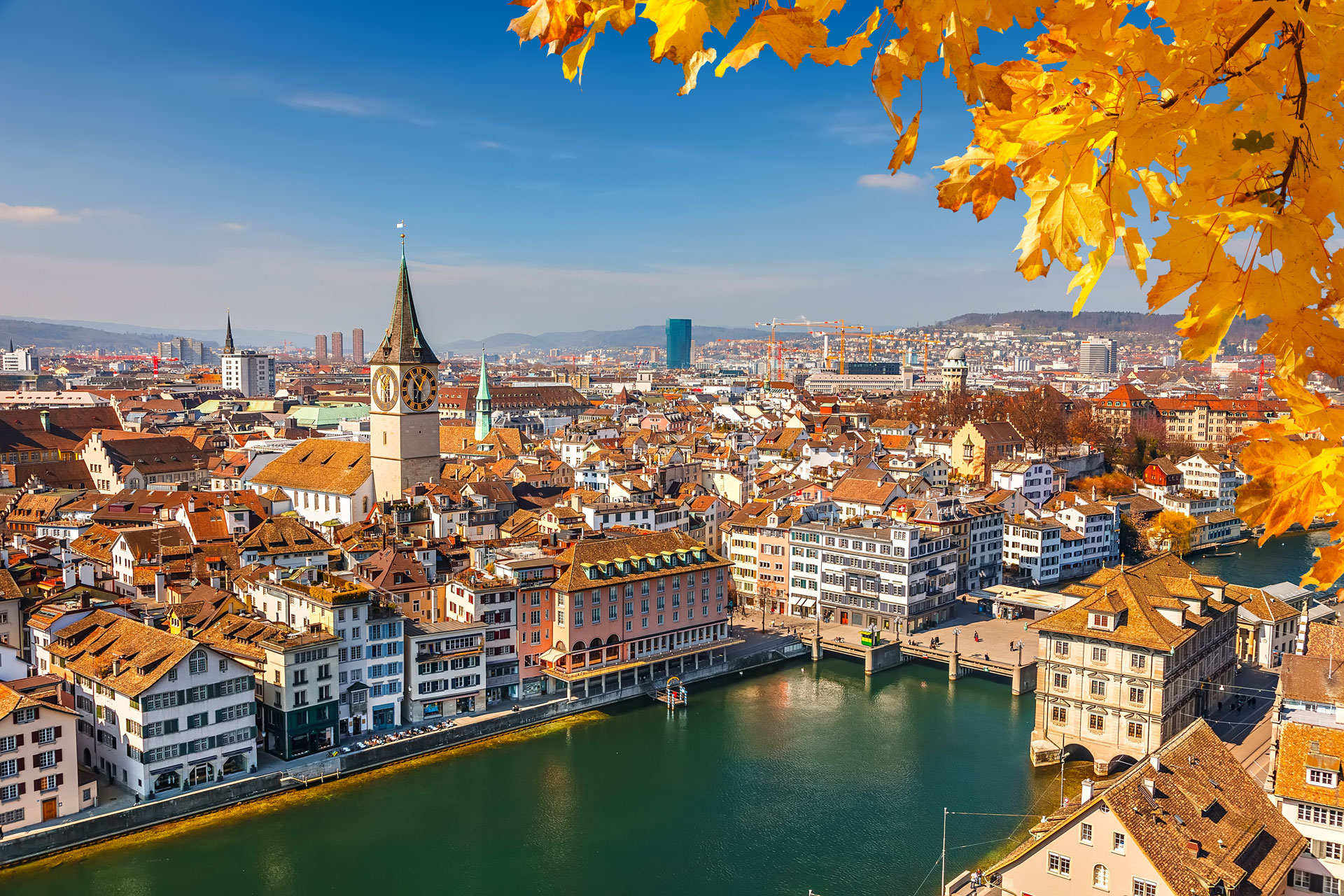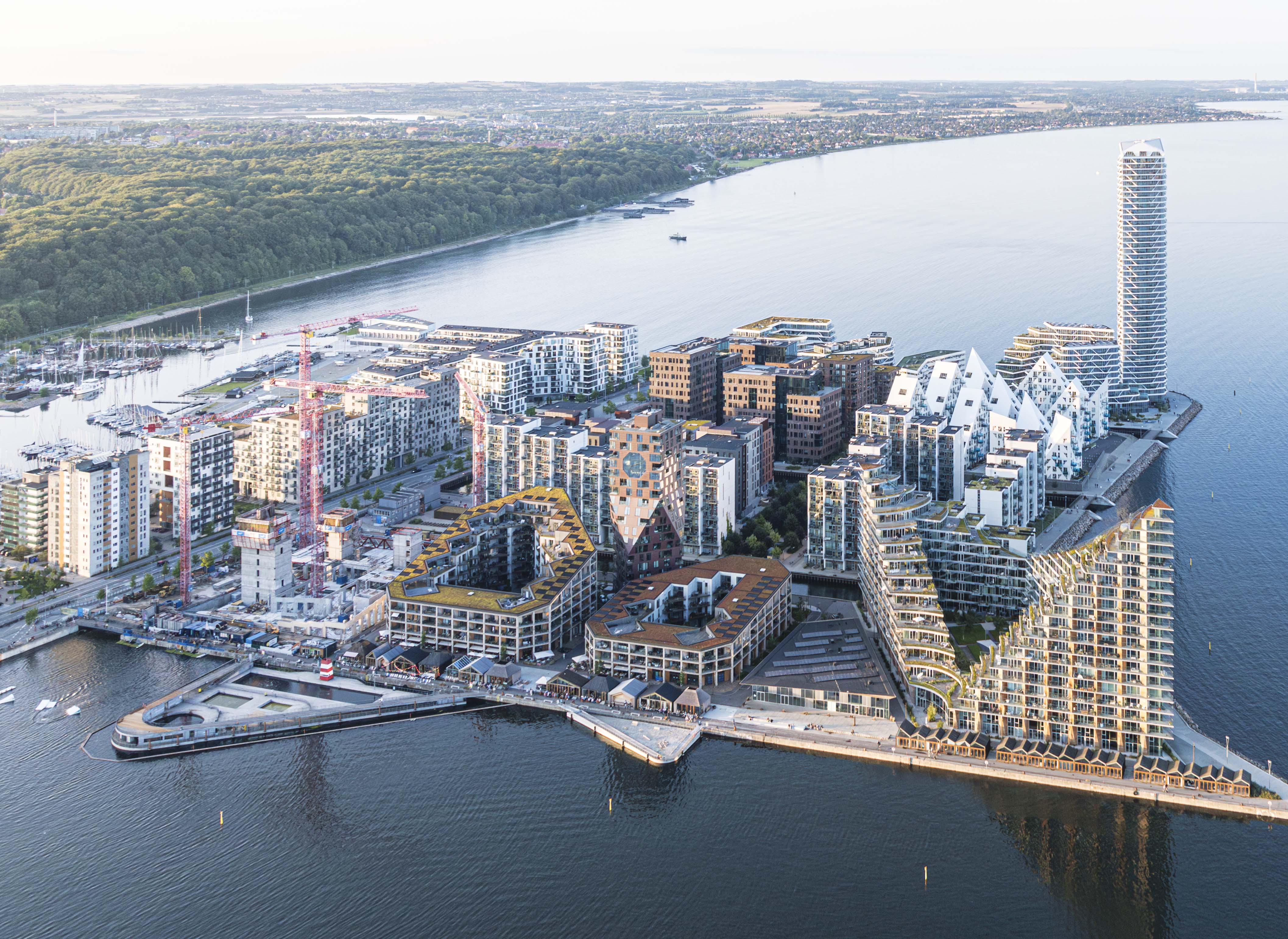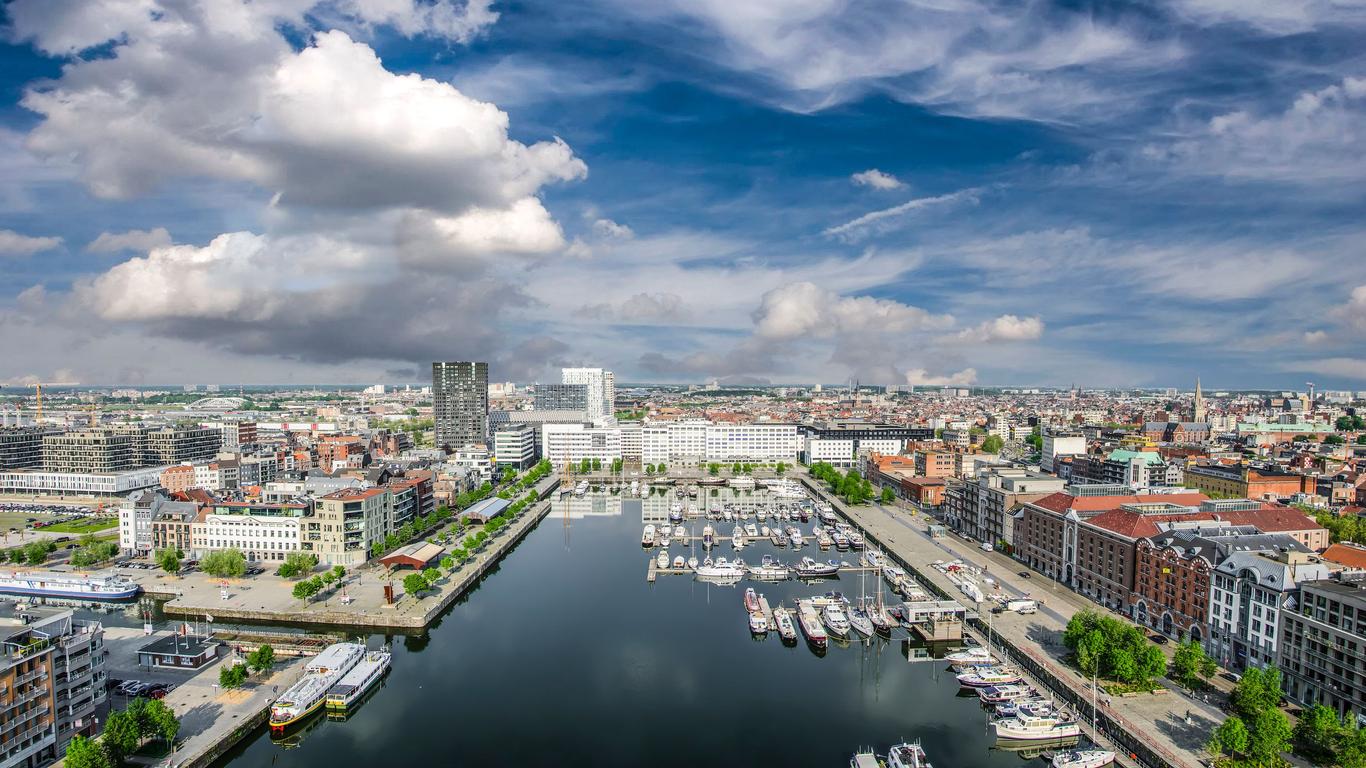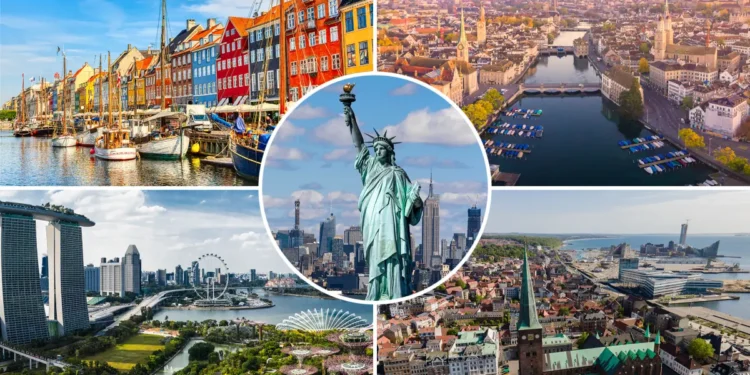In an era marked by global uncertainty, the idea of a truly “happy city” might seem far-fetched. Yet, for residents of several remarkable urban centers around the world, happiness is more than an abstract concept—it’s a lived experience.
The Institute for Quality of Life has just released its 2025 Happy City Index, assessing 200 cities worldwide based on six essential pillars: governance, environment, economy, mobility, citizen services, and health. The findings reveal that true urban happiness doesn’t hinge solely on wealth or sunshine—it’s rooted in balance, purpose, and a strong sense of community.
Here are the top five happiest cities in the world for 2025—and the qualities that make life in each of them so joyfully distinct.
1. Copenhagen, Denmark
Topping the list is Copenhagen, Denmark’s capital and a global symbol of contented living.
Much of Copenhagen’s joy can be traced to the Danish cultural concept of “hygge”—a philosophy of comfort, coziness, and meaningful connection. Whether it’s sharing a quiet evening with loved ones or simply enjoying solitude in a serene setting, this approach to daily life fosters a deep, enduring sense of well-being. Add in excellent urban design, bike-friendly streets, and accessible healthcare, and it’s no wonder Copenhagen leads the pack.
2. Zurich, Switzerland
 Switzerland’s largest city, Zurich, ranks second, offering residents a lifestyle that blends economic strength with natural serenity.
Switzerland’s largest city, Zurich, ranks second, offering residents a lifestyle that blends economic strength with natural serenity.
Zurich’s happiness score is bolstered by its high-quality education and healthcare systems, immaculate public transport, clean streets, and proximity to nature. A robust economy and a strong commitment to work-life balance contribute to a peaceful, prosperous urban environment that supports both personal and communal fulfilment.
3. Singapore
 As one of Asia’s most efficiently governed urban centers, Singapore secures the third spot on the list.
As one of Asia’s most efficiently governed urban centers, Singapore secures the third spot on the list.
Singapore distinguishes itself with seamless governance, low crime rates, and initiatives that ease the cost-of-living burden. The government’s strong focus on health—through mass vaccination programs and medical cost protections—further enhances public confidence and well-being. Green spaces and inclusive policies enrich daily life, making this city-state both livable and forward-thinking.
4. Aarhus, Denmark
 Denmark reappears on the list with Aarhus, its second-largest city, coming in fourth.
Denmark reappears on the list with Aarhus, its second-largest city, coming in fourth.
Aarhus exemplifies urban sustainability and citizen-centric governance. With district heating systems, waste-to-energy solutions, and excellent healthcare and education services, the city prioritizes quality of life at every level. The coastal charm, cultural vibrancy, and environmental consciousness of Aarhus create a lifestyle that is as balanced as it is beautiful.
5. Antwerp, Belgium
 Rounding out the top five is Antwerp, Belgium’s dynamic port city and the world’s diamond capital.
Rounding out the top five is Antwerp, Belgium’s dynamic port city and the world’s diamond capital.
Antwerp stands out for its progressive social policies, including support for working families, robust social housing programs, and a commitment to sustainability. Efficient public transport, vibrant cultural offerings, and plentiful green spaces enhance urban life. Its compact size also makes the city easy to navigate, further adding to its appeal.
Other noteworthy cities on the 2025 Happy City Index include Seoul, Stockholm, Taipei, Munich, and Rotterdam; each offering unique lessons on how cities can nurture happiness.
In the end, these cities prove that true happiness isn’t found in towering skyscrapers or inflated salaries, but in how thoughtfully and equitably a city invests in the well-being of its people.










































